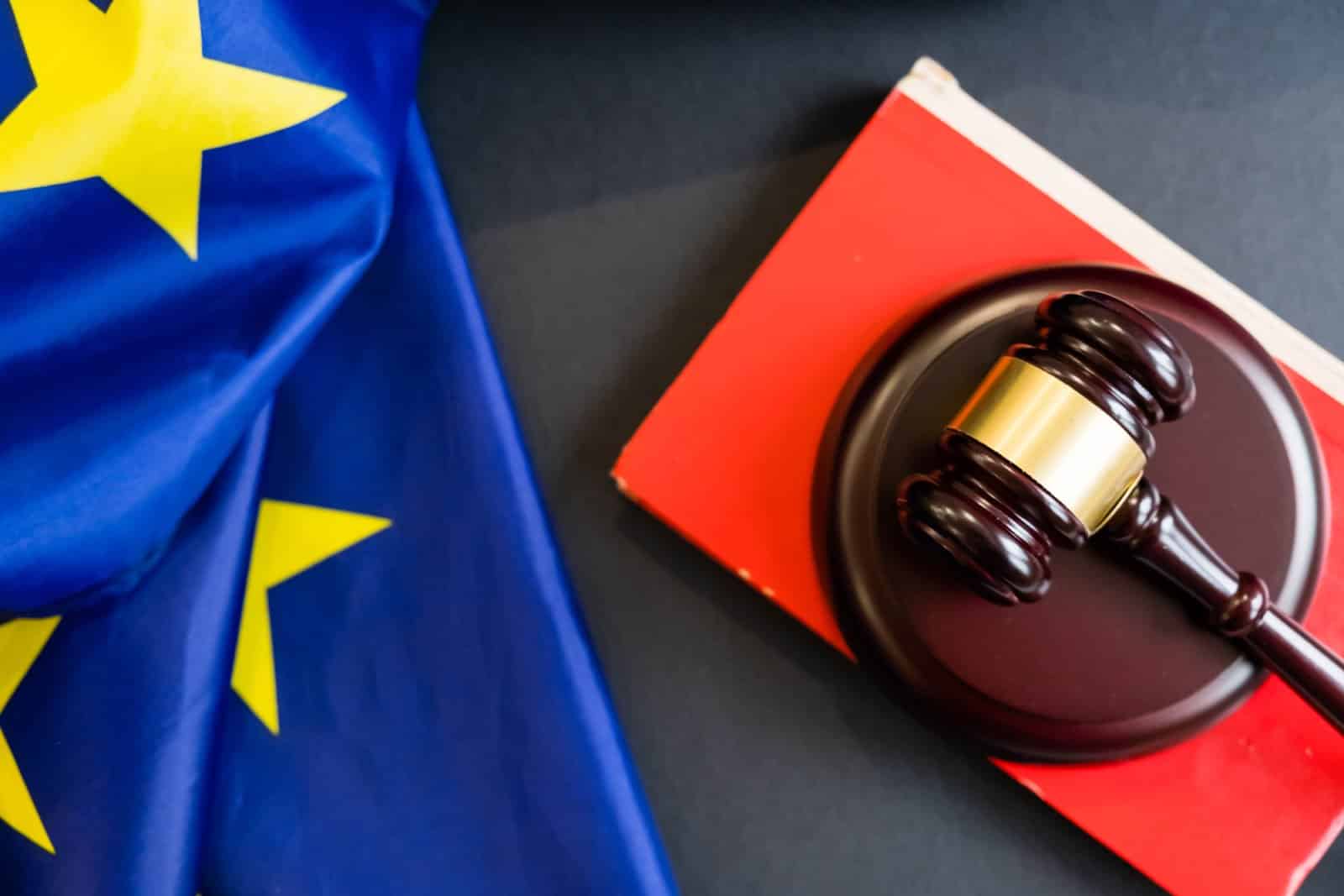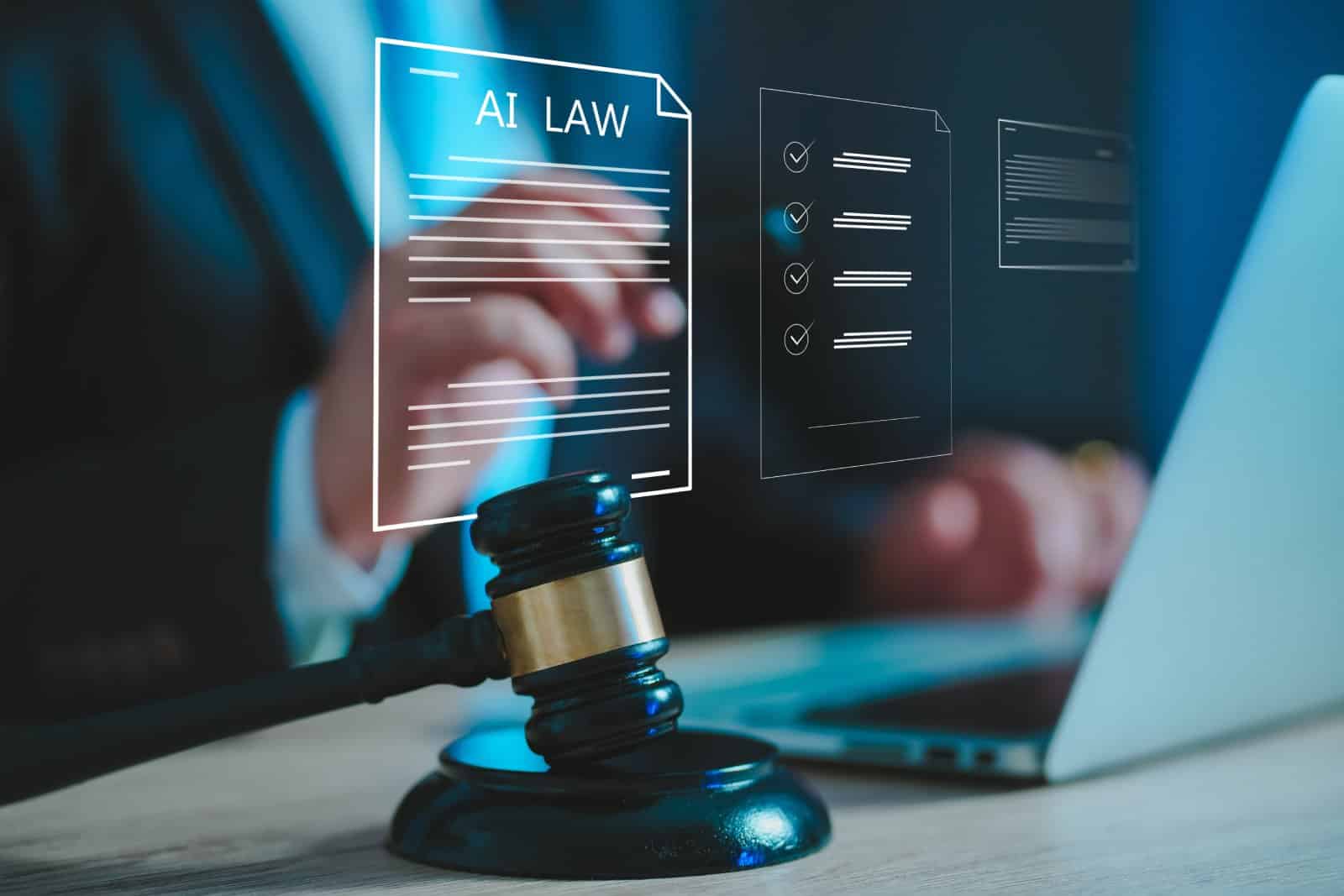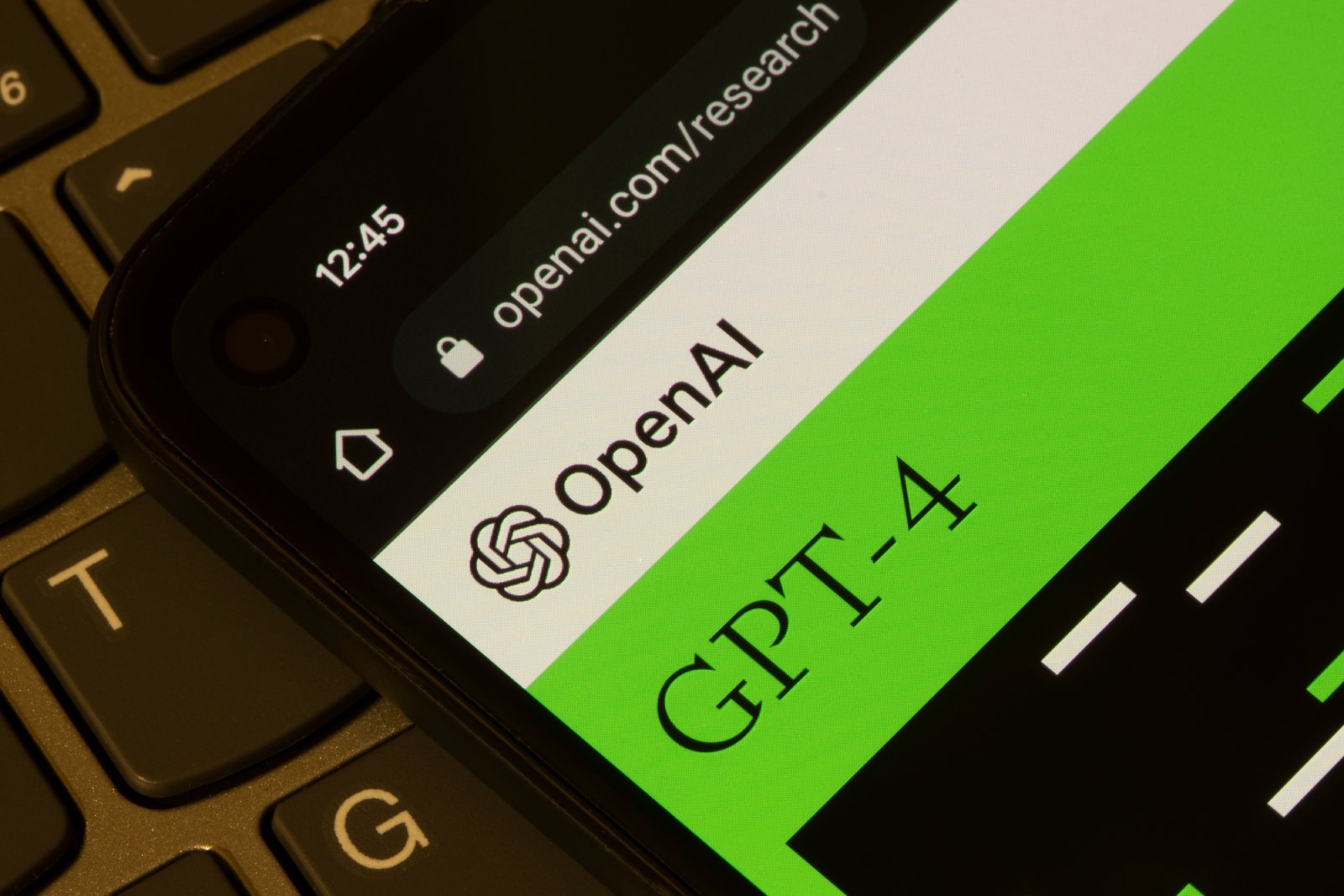The European Parliament has introduced new standards for AI development throughout the EU, bypassing the AI Act. As the first piece of legislation to address AI, this act bans specific AI uses, establishes transparency rules, and requires risk assessments for high-risk systems.
The AI Act

The European Parliament has officially passed its first piece of legislation focusing on artificial intelligence with the AI Act.
New Standards

This new act will create new standards for AI development and use across the European Union that will gradually take effect over the next several years.
A List of New Measures

The new legislation bans specific uses of AI, implements rules for transparency and mandates risk assessments for potentially high-risk AI systems.
Parliament’s Hopes

The European Parliament hopes this new act’s implementation will ensure AI develops responsibly and with humanity’s best interests in mind.
All Products Within the EU

The AI Act will apply to all AI products within the EU market, whether or not they originate with the EU, to ensure there are no workarounds for developers trying to avoid these new regulations
A Hefty Fine

If an AI developer tries to circumvent these new regulations, they will be subject to fines that can amount to 7% of the company’s global revenue.
Final Approval

Even though parliament has officially voted in favor of the AI Act, the act is still awaiting final approval from all the EU member states.
A Simple Formality

However, the vote from EU member states is largely viewed as a simple formality since these states endorsed the act before the EU Parliament voted.
The Bigger Picture

Once the EU member states have officially passed the act, experts anticipate its consequences worldwide, as AI developers must choose between following its regulations or losing out on the European market.
Determining Risk

One of the larger focuses within the act is a new categorization system that will determine the risk level of each AI system applying to enter the European Union.
High-Risk Systems

Factors determining an AI system is high risk will be largely based on the AI system’s focus. For example, AI centered around medical devices and critical infrastructure are far more likely to be deemed as high-risk systems
Stricter Requirements

If an AI application is determined to be high-risk, then it will face stricter requirements and be subject to far more legislative scrutiny.
Banned Uses

In addition to this new categorization system, the act will also create banned AI uses like social scoring systems, certain predictive policing methods, emotion recognition in schools and workplaces, and unconsented biometric identification by police.
Consequences for Old Systems

Unsurprisingly, the AI Act will also significantly affect generative AI systems currently being used by the European Union.
New Provisions

Systems like OpenAI’s ChatGPT will face new provisions requiring the company to disclose any training data and comply with EU copyright laws.
Systems Posing Systemic Risks

Other systems posing systemic risks will also face additional scrutiny and mitigation efforts to avoid any potential hazards the systems could cause.
Enforcing Provisions

Such regulations will be enforced by national AI regulatory bodies within the EU that will be built over the coming few years.
Compared to the U.S.

When comparing the speed at which the EU parliament passed this act with the continued debates over AI legislation in the United States, it seems that the EU may be positioning itself as a leader in global AI regulations.
More to Come

However, the AI Act is actually part of a larger legislative effort from the EU to regulate and control the growth of AI, with more developments expected after the upcoming elections.
21 States Where Squatters Can Legally Claim Your Property

Discover how squatters’ rights, or adverse possession, are more than just legal jargon—they’re stories of unexpected twists in the world of real estate. From sunny California to the historical landscapes of Pennsylvania, here’s how these laws could turn the tables on homeowners and squatters alike. 21 States Where Squatters Can Legally Claim Your Property
14 Things That Are Banned in the U.S. but Totally Fine Elsewhere

Ever feel like America’s rulebook was written by someone with a dartboard? Across the pond or down under, things get even wackier. Let’s take a walk on the wild side of global “Do’s” that are definite “Don’ts” in the Land of the Free. 14 Things That Are Banned in the U.S. but Totally Fine Elsewhere
25 American States Nobody Wants to Visit Anymore

Across the United States, some states capture the hearts and itineraries of many, while others remain quietly on the sidelines, overshadowed or misunderstood. These 25 states, facing what you might call a popularity crisis, are brimming with hidden wonders, cultural riches, and natural beauty, awaiting those willing to look beyond the usual tourist trails. 25 American States Nobody Wants to Visit Anymore
20 Foods That Are Cheaper to Eat Out Than Making at Home

In a world where convenience often wins, certain culinary delights come with a lower price tag when enjoyed at a restaurant rather than crafted in your own kitchen. Here are twenty foods that might save you both time and money when indulged in at your favorite eatery. 20 Foods That Are Cheaper to Eat out Than Making at Home
17 Things You’re Paying For, but You Don’t Have To

In the land of the free, there’s a price tag on everything, but savvy Americans know better than to open their wallets for just anything. Here are 17 expenses you’ve been shelling out for without realizing there’s a cheaper or even free alternative. 17 Things You’re Paying For, but You Don’t Have To
The post New EU AI Regulations Forbid Personal Ratings and Predictive Policing – Is the U.S. Next? first appeared on From Frugal to Free.
Featured Image Credit: Shutterstock / Ink Drop.
The content of this article is for informational purposes only and does not constitute or replace professional financial advice.
